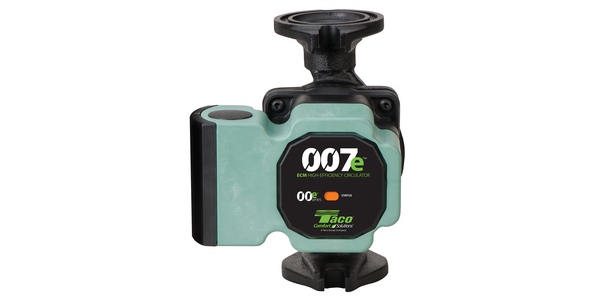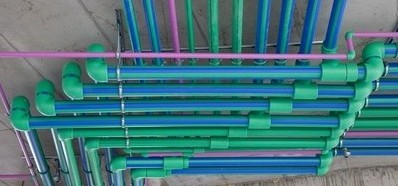Waterless Co. Shares 5 Winter Water-Saving Tips
Water is our most precious natural resource—and it’s getting more expensive. In many parts of the country, it is now a supply-and-demand issue.
Too little water, too much demand, and water charges to go up.
Added to the cost for water, we must remember energy and water are inextricably paired: the more water we use, the more it costs to distribute water to facilities and deliver it back to water treatment centers.
Further, water delivery takes energy, which increases the number of greenhouse gasses released into the atmosphere.
So, what can building owners and managers do to save water and cut costs, especially during the winter months?
According to Klaus Reichardt, CEO and founder of Waterless CO., Inc., manufacturers of no-water urinals, among the steps they can take are the following:
- Educate users. People think it is in the summer months that we use the most water. “This is partially true. But water consumption is still significant in the winter because more people are inside.”
- Install irrigation sensors. A simple way to reduce winter water consumption is to install sensors to irrigation systems. Sensors detect when precipitation is present, turning off programmed irrigation systems and preventing unnecessary irrigation.
- Know where the shutoff valve is. During the winter months, millions of gallons of water are wasted when pipes freeze. “All too often in an emergency, locating the shutoff valve is a mystery to some building owners and managers, wasting millions of gallons of water annually. It is usually [located] where the water utility pipes connect to the building’s lines.”
- Keep building temperatures above 55 F. This is especially true for schools and other facilities, closed for prolonged periods during the winter. “Set furnace temperatures at 55 F. Plus, shut off the building water supply to further ensure pipes do not burst.”
- Upgrade to water-efficient fixtures. The winter months are an excellent time to install no-water and water-efficient restroom fixtures, especially in facilities used less during the winter. “When they make the upgrades, building operators discover that water and cost savings occur the day the switch-out occurs.”
For more info, visit www.waterless.com.



